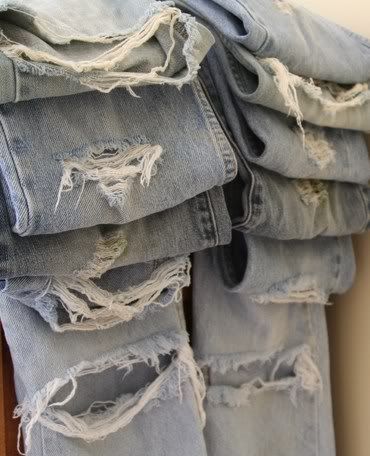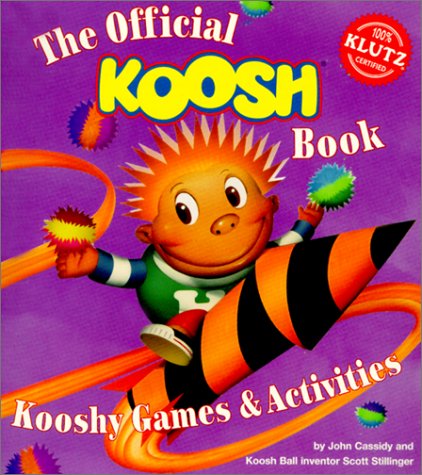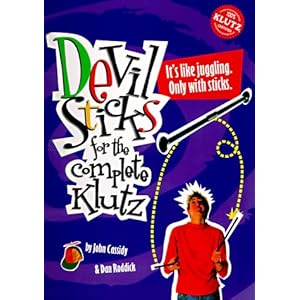
There have been so many hilarious search terms popping up in my Google Analytics tracking data, I felt it was only fair to spread the funny around and share them with you. After all, haven't you ever wondered what make other readers and/or random internet lurkers like yourself curious about the 90s? What's that? No? You'd rather just reminisce about the 90s? Just kidding, of course you do. Due to popular demand, we're having another brief interlude to examine just how confused some of us 90s fanatics really are.
In the case of many of these terms, it seems the asker is simply misguided or possibly suffers from incredibly vague childhood memories. Others, though, are far more troubling. For one, it makes me want to build a makeshift time machine with suicide doors, gun it to 88, and knock out the guy who came up with the bright idea of teaching Whole Language in lieu of grammar in elementary schools. Clearly, many of us are still suffering from the unfortunate ramifications; if the frightening structure of some of these searches are indicative of our grammatical prowess, I'm about to invest in widespread remedial training.
Granted, we all behave differently when we think no one is looking. We act differently in the comfort of our own homes than we do in the presence of others. After all, we'd be far less likely to blast the Tom Jones and break out the Carlton dance if company was present. Google has granted us with a precious gift of insight into these innermost thoughts of our fellow 90s fans, and just what kind of nostalgiaheads would we be if we didn't accept and delight in that gift?
I appeal to you, fellow 90s fans, for help in decoding these Google quests. Between the lot of us, we've got to be able to provide these poor lost souls with some answers. If we can't come up with anything, well, then there's always mocking.
19 ninety's nickelodeon game show
I just really like this interpretive spelling; I propose we issue extra credit for number breakdown creativity.
90's cartoon that has a strong man that when changes back to a kid, green goo release
I'll need your help with this one, I'm drawing a blank. Admittedly the description is lacking in...everything. Mostly proper tenses and pronouns.
In the case of many of these terms, it seems the asker is simply misguided or possibly suffers from incredibly vague childhood memories. Others, though, are far more troubling. For one, it makes me want to build a makeshift time machine with suicide doors, gun it to 88, and knock out the guy who came up with the bright idea of teaching Whole Language in lieu of grammar in elementary schools. Clearly, many of us are still suffering from the unfortunate ramifications; if the frightening structure of some of these searches are indicative of our grammatical prowess, I'm about to invest in widespread remedial training.
Granted, we all behave differently when we think no one is looking. We act differently in the comfort of our own homes than we do in the presence of others. After all, we'd be far less likely to blast the Tom Jones and break out the Carlton dance if company was present. Google has granted us with a precious gift of insight into these innermost thoughts of our fellow 90s fans, and just what kind of nostalgiaheads would we be if we didn't accept and delight in that gift?
I appeal to you, fellow 90s fans, for help in decoding these Google quests. Between the lot of us, we've got to be able to provide these poor lost souls with some answers. If we can't come up with anything, well, then there's always mocking.
19 ninety's nickelodeon game show
I just really like this interpretive spelling; I propose we issue extra credit for number breakdown creativity.
90's cartoon that has a strong man that when changes back to a kid, green goo release
I'll need your help with this one, I'm drawing a blank. Admittedly the description is lacking in...everything. Mostly proper tenses and pronouns.
3 boys, brothers. blonde hair, young musicians from the 90s, who were they
First of all, they were Hanson. Second of all, I feel like you're giving progressive clues on a game show. What do I win?
1993 music video with kids wearing bee
Really? Just wearing a bee? That's it?
Good question. Unfortunately, my crystal ball is in the shop, so I'm unable to ascertain the specific collective spirit of our innermost thoughts and feelings. I'm guessing you could probably search deep within yourself and find the reasoning, if you just believe.
are you afraid of the dark janitor
Maybe it's just the political correctness in me, but I'm reading this as racist. For shame, anonymous googler.
children running away from foster care movies in 90s
fruit snack in the 90's that are made of noodles like a fruit
They're probably talking about String Thing here, but there's something to be said for the creative license in that description. Made of noodles like a fruit? Not noodle-like fruit, that might make some semblance of sense, but just noodles like an actual fruit. The comparison is baffling.
describe the types of lifestyle children live in the 9o’s and in the currant year that promoted fatness
We could probably start with the currant, the fruit is very sugary. Other than that, we've got an "o" instead of a zero in 90s, some very confused grammar, and the word "fatness." That word is pretty awesome.
compilations of awesomeness 90s
Look no further--you're already here!
edward scissorhands is so sad
Good point. No, really, I appreciate you sharing. I'm glad we had this talk.
oh we have that baby-sitter died
I don't even know where to start with this one. What? I guess it could be some very confused variation of Don't Tell Mom the Babysitter's Dead, but it's really all over the place.
kid show that has talking plains on nickelodeon
describe the types of lifestyle children live in the 9o’s and in the currant year that promoted fatness
We could probably start with the currant, the fruit is very sugary. Other than that, we've got an "o" instead of a zero in 90s, some very confused grammar, and the word "fatness." That word is pretty awesome.
compilations of awesomeness 90s
Look no further--you're already here!
edward scissorhands is so sad
Good point. No, really, I appreciate you sharing. I'm glad we had this talk.
oh we have that baby-sitter died
I don't even know where to start with this one. What? I guess it could be some very confused variation of Don't Tell Mom the Babysitter's Dead, but it's really all over the place.
kid show that has talking plains on nickelodeon
90s song can i get your number the one with the seven digits
dont you hate it when your eating a dunkaroo and the biscuit breaks in the
In the what? The what? The suspense is killing me now. And for the record, I totally do.
how many kids in the 90's didn't have a dad
Um, total? Worldwide? Fictional? You've really got to be a little more specific. I'd like to help, but you're throwing a two centimeter lure into a 343,423,668,428,484,681,262 gallon ocean. Yes, I just had to google "gallons in the ocean," so someone will probably be making fun of me on their Google Analytics search term round-up sometime soon.
90's cartoon which superhero usually says lets get dangerous
I just like the phrasing on this one...usually. Did Darkwing Duck occasionally forget his lines or have flash of creative discretion? Maybe sometimes he just didn't feel like it.
That's not even the worst of it, but I used my discretion in censoring the really obscene and/or absolutely non-native English speaker-generated content. If any of you know these answers, please, throw these poor souls a line. It's the least we can do. Well, actually, we could probably not do anything, so it's the second least we can do. Regardless, they truly need your help.














































